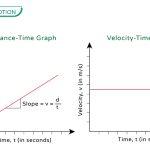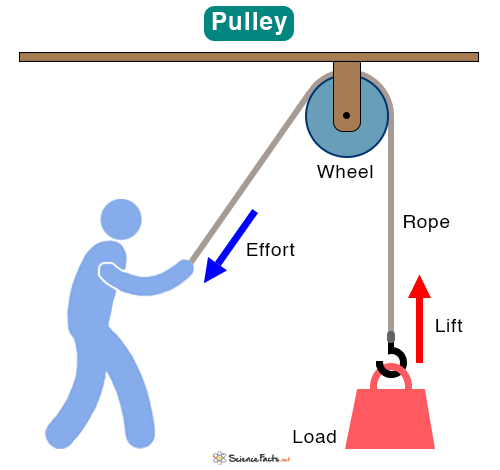Transverse Wave
Mechanical waves are produced when particles vibrate in a medium through which the wave propagates. A transverse wave is a mechanical wave in which the particles of the medium move perpendicular to the direction of wave propagation.
Imagine holding one end of a rope and quickly flicking it up and down. The resulting wave travels along the rope while the particles of the rope move up and down.
Characteristics
1. Crest
The crest is the highest point or “peak” that the wave particles reach above their equilibrium position.
2. Trough
The trough is the lowest point or “valley” below the equilibrium position. It’s the opposite of the crest.
3. Wavelength
The wavelength is the distance between two consecutive crests or troughs. It is usually measured in meters and determines how “long” a wave is.
4. Amplitude
The amplitude is the maximum displacement of particles from their equilibrium position, either above or below it. It indicates the wave’s energy: larger amplitudes mean more energy is carried by it.
5. Frequency and Time Period
The frequency (f) is the number of complete waves passing a point in one second, measured in Hertz (Hz). The time period (T) is the time taken for one complete wave cycle to pass a point, given by the reciprocal of frequency:
Examples
1. Water Waves
Water waves are a classic example of transverse waves. On the surface, water particles move mostly up and down, perpendicular to the wave’s horizontal direction of travel. However, they also have a slight circular motion.
2. Light Waves
Light waves are electromagnetic waves. They consist of oscillating electric and magnetic fields perpendicular to each other and the direction of wave propagation. Unlike water waves, visible light does not require a medium and can travel through a vacuum.
3. Guitar String
When a string on a guitar is plucked, transverse waves are generated. The string moves up and down while the wave travels along its length. These vibrations can produce standing waves, where specific points (nodes) remain stationary while others (antinodes) oscillate with maximum amplitude.
Wave Equation
The wave equation is a fundamental relationship that connects a wave’s speed, frequency, and wavelength. It helps in analyzing how waves propagate through different media and is expressed as:
Where:
– v: Wave speed (ms-1 )
– f: Frequency (Hz)
– λ: Wavelength (m)
This equation illustrates that the speed of a wave is directly proportional to its frequency and wavelength.
-
References
Article was last reviewed on Friday, April 4, 2025








